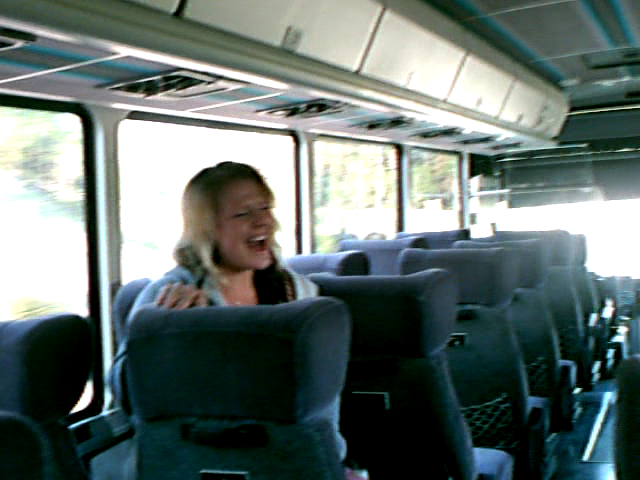Proof of Heaven: A Doctor’s Experience With the Afterlife - Newsweek and The Daily Beast cont/.. ‘You have nothing to fear.’ ‘There is nothing you can do wrong.’ The message flooded me with a vast and crazy sensation of relief. (Photo illustration by Newsweek; Source: Buena Vista Images-Getty Images)
There is no scientific explanation for the fact that while my body lay in coma, my mind—my conscious, inner self—was alive and well. While the neurons of my cortex were stunned to complete inactivity by the bacteria that had attacked them, my brain-free consciousness journeyed to another, larger dimension of the universe: a dimension I’d never dreamed existed and which the old, pre-coma me would have been more than happy to explain was a simple impossibility.
But that dimension—in rough outline, the same one described by countless subjects of near-death experiences and other mystical states—is there. It exists, and what I saw and learned there has placed me quite literally in a new world: a world where we are much more than our brains and bodies, and where death is not the end of consciousness but rather a chapter in a vast, and incalculably positive, journey.
I’m not the first person to have discovered evidence that consciousness exists beyond the body. Brief, wonderful glimpses of this realm are as old as human history. But as far as I know, no one before me has ever traveled to this dimension (a) while their cortex was completely shut down, and (b) while their body was under minute medical observation, as mine was for the full seven days of my coma.
All the chief arguments against near-death experiences suggest that these experiences are the results of minimal, transient, or partial malfunctioning of the cortex. My near-death experience, however, took place not while my cortex was malfunctioning, but while it was simply off. This is clear from the severity and duration of my meningitis, and from the global cortical involvement documented by CT scans and neurological examinations. According to current medical understanding of the brain and mind, there is absolutely no way that I could have experienced even a dim and limited consciousness during my time in the coma, much less the hyper-vivid and completely coherent odyssey I underwent.
It took me months to come to terms with what happened to me. Not just the medical impossibility that I had been conscious during my coma, but—more importantly—the things that happened during that time. Toward the beginning of my adventure, I was in a place of clouds. Big, puffy, pink-white ones that showed up sharply against the deep blue-black sky.
Reliving History: The search for the meaning of the afterlife is as old as humanity itself. Over the years Newsweek has run numerous covers about religion, God, and that search. As Dr. Alexander says, it’s unlikely we’ll know the answer in our lifetimes, but that doesn’t mean we won’t keep asking.
Higher than the clouds—immeasurably higher—flocks of transparent, shimmering beings arced across the sky, leaving long, streamerlike lines behind them.
Birds? Angels? These words registered later, when I was writing down my recollections. But neither of these words do justice to the beings themselves, which were quite simply different from anything I have known on this planet. They were more advanced. Higher forms.
A sound, huge and booming like a glorious chant, came down from above, and I wondered if the winged beings were producing it. Again, thinking about it later, it occurred to me that the joy of these creatures, as they soared along, was such that they had to make this noise—that if the joy didn’t come out of them this way then they would simply not otherwise be able to contain it. The sound was palpable and almost material, like a rain that you can feel on your skin but doesn’t get you wet.
Seeing and hearing were not separate in this place where I now was. I could hear the visual beauty of the silvery bodies of those scintillating beings above, and I could see the surging, joyful perfection of what they sang. It seemed that you could not look at or listen to anything in this world without becoming a part of it—without joining with it in some mysterious way. Again, from my present perspective, I would suggest that you couldn’t look at anything in that world at all, for the word “at” itself implies a separation that did not exist there. Everything was distinct, yet everything was also a part of everything else, like the rich and intermingled designs on a Persian carpet ... or a butterfly’s wing.
It gets stranger still. For most of my journey, someone else was with me. A woman. She was young, and I remember what she looked like in complete detail. She had high cheekbones and deep-blue eyes. Golden brown tresses framed her lovely face. When first I saw her, we were riding along together on an intricately patterned surface, which after a moment I recognized as the wing of a butterfly. In fact, millions of butterflies were all around us—vast fluttering waves of them, dipping down into the woods and coming back up around us again. It was a river of life and color, moving through the air. The woman’s outfit was simple, like a peasant’s, but its colors—powder blue, indigo, and pastel orange-peach—had the same overwhelming, super-vivid aliveness that everything else had. She looked at me with a look that, if you saw it for five seconds, would make your whole life up to that point worth living, no matter what had happened in it so far. It was not a romantic look. It was not a look of friendship. It was a look that was somehow beyond all these, beyond all the different compartments of love we have down here on earth. It was something higher, holding all those other kinds of love within itself while at the same time being much bigger than all of them.
Without using any words, she spoke to me. The message went through me like a wind, and I instantly understood that it was true. I knew so in the same way that I knew that the world around us was real—was not some fantasy, passing and insubstantial.
The message had three parts, and if I had to translate them into earthly language, I’d say they ran something like this:
“You are loved and cherished, dearly, forever.”
“You have nothing to fear.”
“There is nothing you can do wrong.”
The message flooded me with a vast and crazy sensation of relief. It was like being handed the rules to a game I’d been playing all my life without ever fully understanding it.
“We will show you many things here,” the woman said, again, without actually using these words but by driving their conceptual essence directly into me. “But eventually, you will go back.”
To this, I had only one question.
Back where?
Photos: Patients Draw Life-After-Death Experiences
The universe as I experienced it in my coma is ... the same one that both Einstein and Jesus were speaking of in their (very) different ways. (Ed Morris / Getty Images)
A warm wind blew through, like the kind that spring up on the most perfect summer days, tossing the leaves of the trees and flowing past like heavenly water. A divine breeze. It changed everything, shifting the world around me into an even higher octave, a higher vibration.
Although I still had little language function, at least as we think of it on earth, I began wordlessly putting questions to this wind, and to the divine being that I sensed at work behind or within it.
Where is this place?
Who am I?
Why am I here?
Each time I silently put one of these questions out, the answer came instantly in an explosion of light, color, love, and beauty that blew through me like a crashing wave. What was important about these blasts was that they didn’t simply silence my questions by overwhelming them. They answered them, but in a way that bypassed language. Thoughts entered me directly. But it wasn’t thought like we experience on earth. It wasn’t vague, immaterial, or abstract. These thoughts were solid and immediate—hotter than fire and wetter than water—and as I received them I was able to instantly and effortlessly understand concepts that would have taken me years to fully grasp in my earthly life.
I continued moving forward and found myself entering an immense void, completely dark, infinite in size, yet also infinitely comforting. Pitch-black as it was, it was also brimming over with light: a light that seemed to come from a brilliant orb that I now sensed near me. The orb was a kind of “interpreter” between me and this vast presence surrounding me. It was as if I were being born into a larger world, and the universe itself was like a giant cosmic womb, and the orb (which I sensed was somehow connected with, or even identical to, the woman on the butterfly wing) was guiding me through it.
Later, when I was back, I found a quotation by the 17th-century Christian poet Henry Vaughan that came close to describing this magical place, this vast, inky-black core that was the home of the Divine itself.
“There is, some say, in God a deep but dazzling darkness ...”
That was it exactly: an inky darkness that was also full to brimming with light.
I know full well how extraordinary, how frankly unbelievable, all this sounds. Had someone—even a doctor—told me a story like this in the old days, I would have been quite certain that they were under the spell of some delusion. But what happened to me was, far from being delusional, as real or more real than any event in my life. That includes my wedding day and the birth of my two sons.
What happened to me demands explanation.
Modern physics tells us that the universe is a unity—that it is undivided. Though we seem to live in a world of separation and difference, physics tells us that beneath the surface, every object and event in the universe is completely woven up with every other object and event. There is no true separation.
Before my experience these ideas were abstractions. Today they are realities. Not only is the universe defined by unity, it is also—I now know—defined by love. The universe as I experienced it in my coma is—I have come to see with both shock and joy—the same one that both Einstein and Jesus were speaking of in their (very) different ways.
I’ve spent decades as a neurosurgeon at some of the most prestigious medical institutions in our country. I know that many of my peers hold—as I myself did—to the theory that the brain, and in particular the cortex, generates consciousness and that we live in a universe devoid of any kind of emotion, much less the unconditional love that I now know God and the universe have toward us. But that belief, that theory, now lies broken at our feet. What happened to me destroyed it, and I intend to spend the rest of my life investigating the true nature of consciousness and making the fact that we are more, much more, than our physical brains as clear as I can, both to my fellow scientists and to people at large.
I don’t expect this to be an easy task, for the reasons I described above. When the castle of an old scientific theory begins to show fault lines, no one wants to pay attention at first. The old castle simply took too much work to build in the first place, and if it falls, an entirely new one will have to be constructed in its place.
I learned this firsthand after I was well enough to get back out into the world and talk to others—people, that is, other than my long-suffering wife, Holley, and our two sons—about what had happened to me. The looks of polite disbelief, especially among my medical friends, soon made me realize what a task I would have getting people to understand the enormity of what I had seen and experienced that week while my brain was down.
One of the few places I didn’t have trouble getting my story across was a place I’d seen fairly little of before my experience: church. The first time I entered a church after my coma, I saw everything with fresh eyes. The colors of the stained-glass windows recalled the luminous beauty of the landscapes I’d seen in the world above. The deep bass notes of the organ reminded me of how thoughts and emotions in that world are like waves that move through you. And, most important, a painting of Jesus breaking bread with his disciples evoked the message that lay at the very heart of my journey: that we are loved and accepted unconditionally by a God even more grand and unfathomably glorious than the one I’d learned of as a child in Sunday school.
Today many believe that the living spiritual truths of religion have lost their power, and that science, not faith, is the road to truth. Before my experience I strongly suspected that this was the case myself.
But I now understand that such a view is far too simple. The plain fact is that the materialist picture of the body and brain as the producers, rather than the vehicles, of human consciousness is doomed. In its place a new view of mind and body will emerge, and in fact is emerging already. This view is scientific and spiritual in equal measure and will value what the greatest scientists of history themselves always valued above all: truth.
















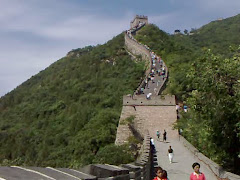






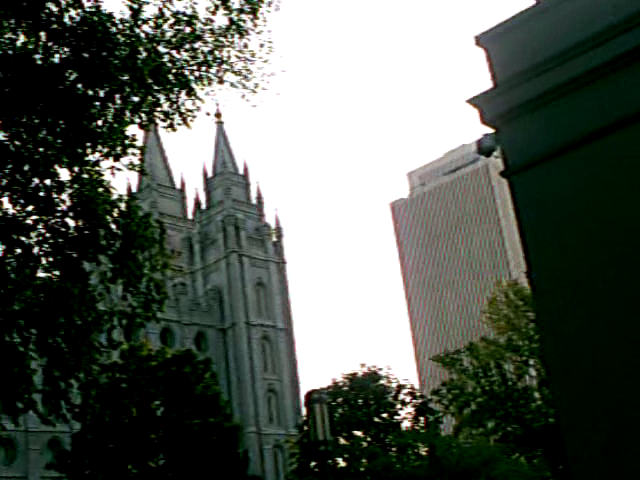
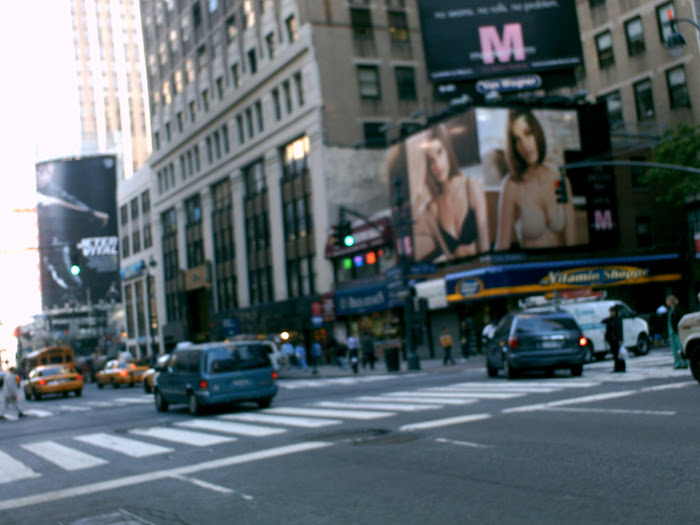+NEW+YORK+hot+movie+008.jpg)
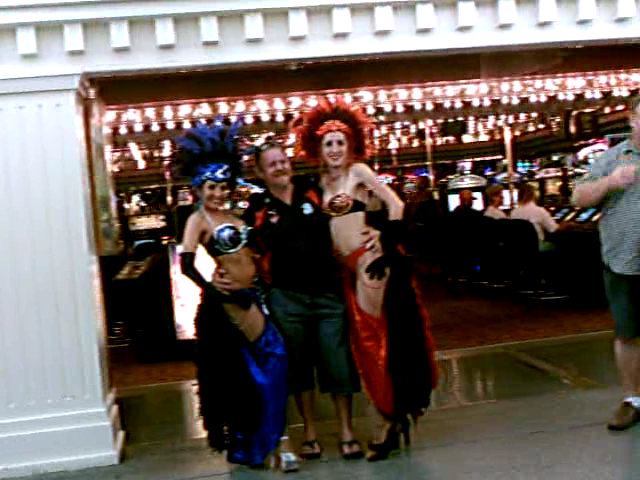+LasVegas+gals+vlcsnap-16038.png)
